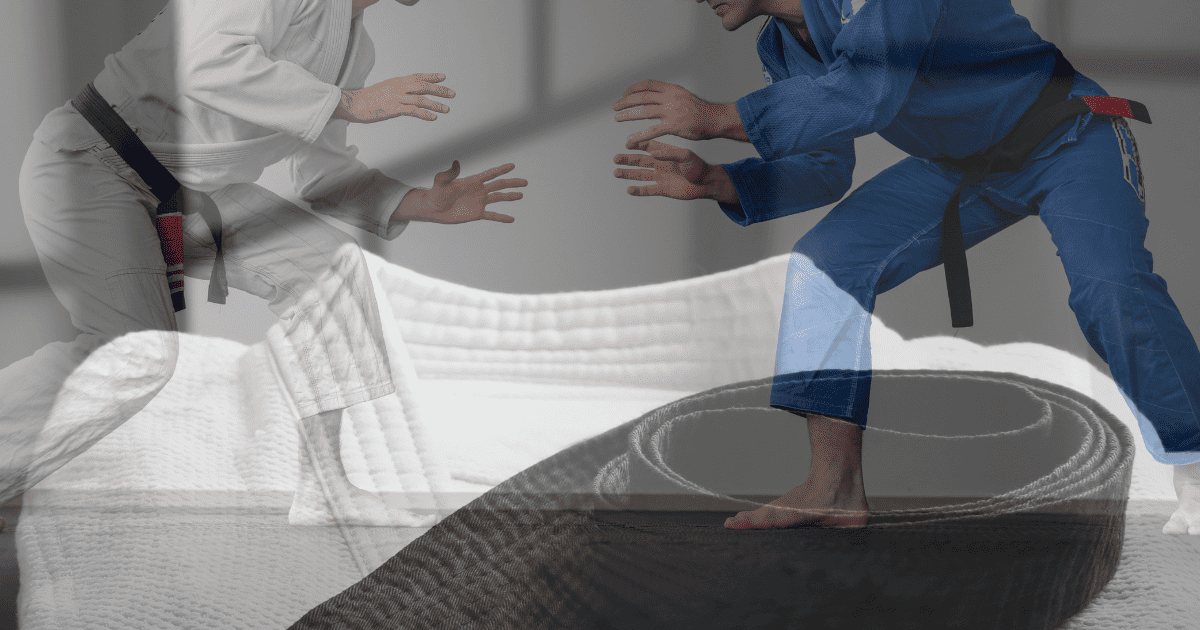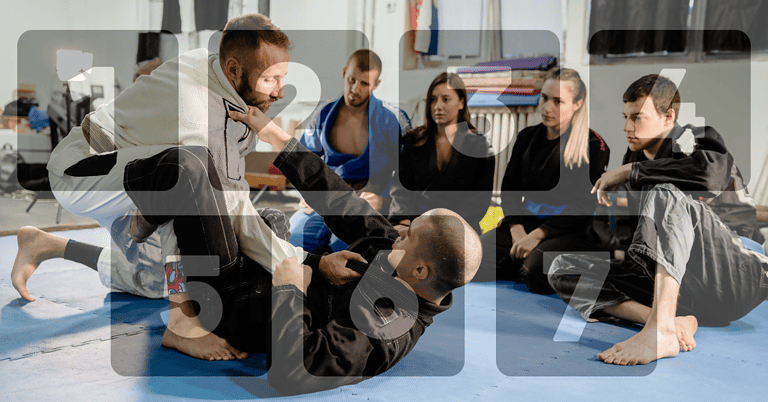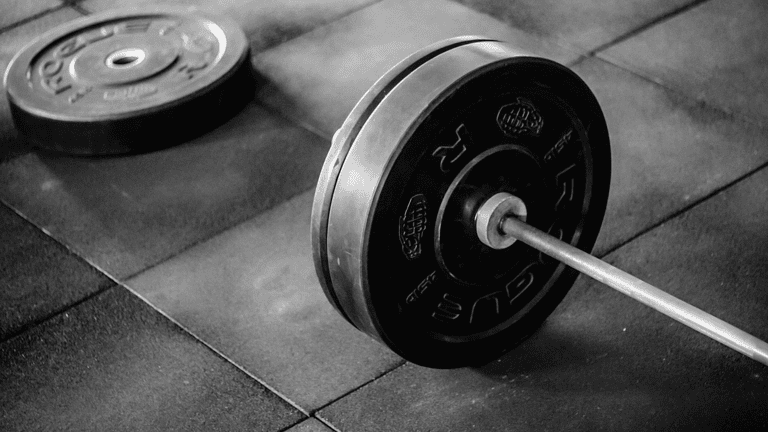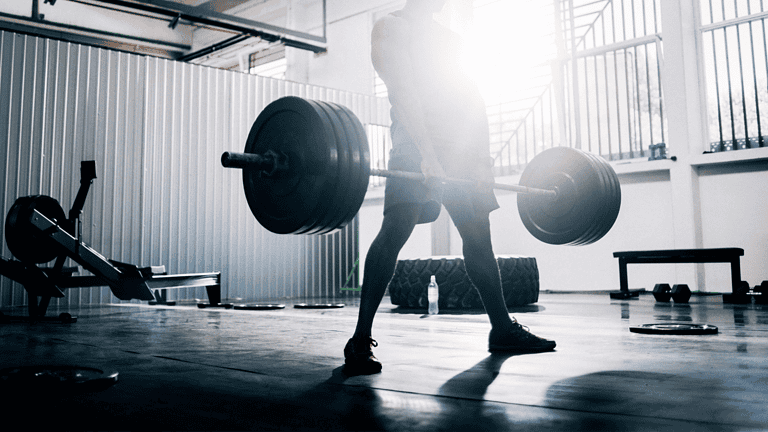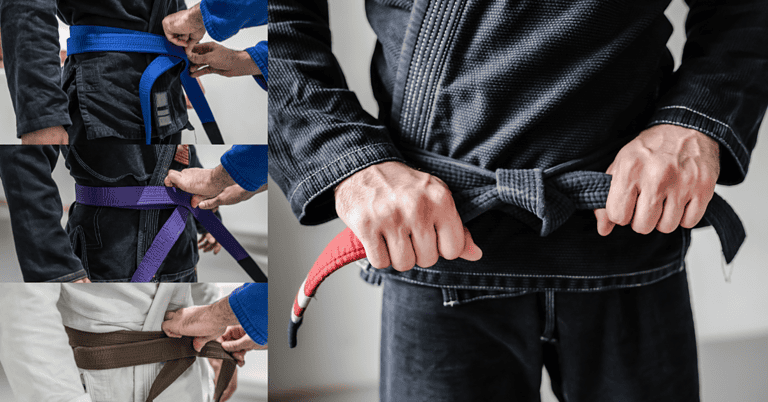BJJ Gi Buying Guide
When you’re just starting out as a new Brazilian Jiu Jitsu student, one of the first things you’ll need is a “gi” (uniform). Your BJJ school will likely have a “loaner gi” that you can use for your first class. They might even include a free gi as part of your registration with the school (as I mentioned in my “How to Start BJJ” article).
But whether it’s your very first Jiu Jitsu gi or one of many that you’ll own over several years of training, eventually you’re going to need to purchase a new gi. This guide will help you sort through the various options you’ll encounter and select the right gi for you, whether you’re just getting started in your BJJ journey or you’ve been practicing the art for years.
BJJ Gi Buying Guide
Do you have a choice?
There are several different factors to consider when it comes to buying a BJJ gi (e.g. brand, color, size, cut, weight, weave), and we’ll dig into each one of these. But one of the first things you need to know is how much choice you really have.
As I mentioned in my “How to Start BJJ” article, some schools might require (or strongly encourage) you to purchase a school-branded gi from the school. Or some schools may have restrictions on what colors of gis may be worn. So the very first thing you’ll need to take into consideration is what your school allows.
Say, for example, your school requires you to purchase one of their gis and they also require that students wear white gis. Well, in that case your choices will be pretty limited, and all you really need to do is figure out the correct size. But if your school is less restrictive when it comes to gis, then you’ll have a number of additional options to consider.
Do you need a BJJ gi?
Unless you’re specifically focused on “no gi” grappling… YES, you need a BJJ gi. Not a karate gi. Not a judo gi. A BJJ gi.
Brazilian Jiu-Jitsu is a grappling art, and during the course of training the gi is going to be gripped, pushed, pulled, and twisted… often with a lot of force. You need a uniform that can stand up to all of this without being ripped to shreds and that doesn’t provide unnecessary advantages to your opponent.
While a karate gi and a BJJ gi might look similar to the casual observer, they are very different in terms of construction. A BJJ gi is made of a much thicker and sturdier material that is designed to be able to withstand the stress of grappling. A karate gi, on the other hand, will typically be made with much thinner material and simply won’t have the sturdiness to stand up to the challenge of BJJ training. So don’t go buy that $20 karate gi you found on Amazon and think you’re getting a great deal. It’s going to tear in fairly short order, and during the time until it does your training partner is going to use that thin material to make you regret every dollar you spent. 🙂

On the other end of the spectrum you have the judo gi. Again, a judo gi and a BJJ gi might look similar to the casual observer (and in fact a judo is much more similar to BJJ gi than a karate gi is), but a judo gi will typically be even thicker than a BJJ gi. Judo is also a grappling art that involves similar gripping, pushing, pulling, and twisting, but judo also includes the added component of dynamic throws from standing position. Because of this the gi needs to be particularly rugged. That means judo gis are generally very thick, and that also means they’re very heavy. Judo gis also tend to have a baggier cut that is looser and wider compared to BJJ gis, which are more form-fitting in the sleeves and pant legs with smaller openings around the wrists and ankles that make the gi more difficult for your opponent to grip. So while a judo gi can certainly withstand the rigors of BJJ training, many BJJ students will find that a judo gi is too heavy, makes them too hot, and gives their training partners/opponents too much excess material for grips.
So again… Yes, you need a BJJ gi, and when we talk about a BJJ gi we’re talking about a uniform that consists of 2 pieces: the jacket and the pants. Don’t be confused if you see a reference to “BJJ kimonos” as the word “kimono” is sometimes used to refer to the gi top or to the gi as a whole (i.e. the jacket and pants combined). One other item that you will definitely need is a belt, and another item that will likely want or need is a rashguard. I’m not going to dig into these in this article, but please follow the links for more info on belts and rashguards.
Material & Construction
There are a few different types of material and construction to consider when evaluating a BJJ gi, and the type of material and construction will factor into the sizing, comfort, and durability of the gi.
Jacket
The jacket of the BJJ gi probably gets the most attention and is really the star of the show. Here are the key features to note when evaluating a BJJ gi’s jacket.
Composition
Most BJJ gis you encounter are going to be 100% cotton, but you will find gi material made with some sort of blend using cotton, polyester, nylon, hemp, or bamboo. Having owned many, many gis over the years, I am very much biased in favor of 100% cotton and will often disqualify a gi from consideration if I find it is not 100% cotton. While a case can be made for some of these alternative fabrics and a lot will come down to personal preference, there’s just something about the fit and feel of a 100% cotton gi that I prefer over any other material I’ve tried.
Weave
The weave of the gi jacket literally describes how the fabric was woven together which in turn affects its thickness, weight, durability, look, and feel.
In the past you would have been likely to see gi jackets that were “single weave” (a single layer of woven fabric that is relatively thin, light, and cool) or “double weave” (a double layer of woven fabric that is thick, heavy, and hot), but these days the vast majority of gis on the market will be “pearl weave”. Pearl weave gets its name from the appearance of the woven material being reminiscent of a string of pearls (see image below), and it has become the most popular weave used in BJJ gi jackets as it offers a nice balance of strength, durability, weight, and breathability.
Another weave that you’ll likely encounter is “gold weave”. Before the rise of pearl weave, gold weave had become popular as a nice option that existed between single weave and double weave offering the benefits of both while minimizing their downsides (i.e. stronger and more durable than single weave but lighter and more breathable than double weave).
Gold weave has a pretty unique appearance that some describe as looking like ladders (see image below). Many years ago when I first started my BJJ training, I recall seeing gold weave gis and immediately liking the way they looked. In fact, my very first BJJ gi had a gold weave jacket, and I definitely have an affinity for gold weave.
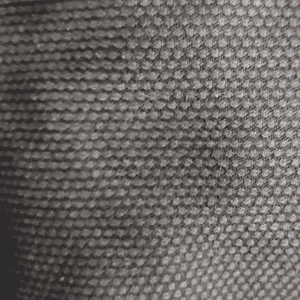
Pearl Weave BJJ Gi Jacket
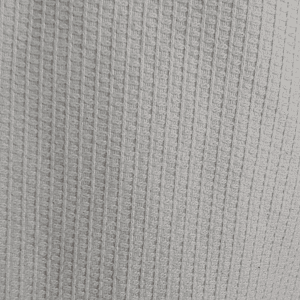
Gold Weave BJJ Gi Jacket
One last note about the jacket… these days it’s common for jackets to be touted as being made from one piece of material and having no seams (which is supposed to make the jacket more durable and more comfortable to wear). This is true for both pearl weave and gold weave. But some gis are made with what’s considered a more “old school” design where the lower portion of the jacket (or “skirt”) is made with a different piece of material, usually with a diamond pattern. I personally love the look of gis in this style and don’t find that having a different type of fabric included in the jacket’s skirt (and the seam necessary to attach it) has any negative real-world impact on durability or comfort.
Weight
The weight of a BJJ jacket’s material is measured in Grams Per Square Meter (or GSM). The higher the GSM, the thicker and heavier the jacket will be.
Most of your typical gis on the market will fall in the 300 GSM – 450 GSM range (give or take), but some are a bit lighter and some are quite a bit heavier (with some of the heaviest being around 1,000 GSM). The weight that’s right for you will depend largely on personal preference. Some people like to train in lightweight gis and some people like to train in heavier gis.
Things like climate and whether or not you compete can also play a factor in your decision making. For example, if you live in a hot environment and/or it’s summer, you might want a lighter gi. But if you live in a cold environment and/or it’s winter, you might want a heavier gi. Or if you’re going to be taking part in BJJ competitions, you might want a lighter gi to assist in making weight as competitor weight for gi BJJ tournaments includes the weight of the gi (i.e. competitor weight is measured with the gi on).
Having owned many gis over the years, I’ve found that I prefer gis that are on the heavier side. That’s not to say that I don’t wear lighter gis from time to time, especially when it’s particularly hot, but all things being equal I just like the feel of a heavier gi. For example, my two favorite gis in my current rotation are a 450 GSM gold weave and a 750 GSM pearl weave. I can wear the 450 GSM gi year round, but I can really only wear the 750 GSM gi in colder months as it’s simply too thick and heavy to wear when the temperature’s on the warmer side.
Pants
The bottom portion of a BJJ generally consists of a somewhat basic pair of drawstring pants. And while the gi jacket might be the star of the show, that doesn’t mean the pants aren’t important. They just tend to get less attention and play more of a supporting role.
Composition
As is the case with the jacket, the pants for most BJJ gis you encounter are going to be 100% cotton, but you will see pants made with some sort of blend using cotton, polyester, nylon, hemp, or bamboo. And just like with the gi jacket, I’m very much biased in favor of 100% cotton and will often disqualify a gi from consideration if I find its pants are not 100% cotton.
One thing to be aware of is that sometimes gis will have a jacket that is 100% cotton and pants that are some sort of cotton blend (e.g. cotton and polyester). So when you’re looking at the material of a particular gi, make sure to check the material composition of both the jacket and the pants.
Weave
Similar to how the gi jacket has different options in terms of weave, there are different fabric options when it comes to gi pants.
The most traditional options for gi pants are going to be cotton twill or cotton canvas. As both of these are made of cotton, the difference has to do with how the cotton is woven. If you look closely at twill pants you’ll notice that the fabric has a diagonal pattern, whereas canvas pants will have threads that run more square or in right angles. Twill pants tend to be softer and arguably more comfortable, while canvas pants tend to have a more stiff, rugged feel and may be a bit more durable.
A third type of pant material that’s become popular over the past several years is ripstop. As the name suggests, ripstop fabric is designed to stop rips. Ripstop fabric has reinforcement fibers woven into the fabric in a crosshatch pattern. This design helps to keep the fabric from tearing and from having any small tears that might occur from spreading further. It also gives the ripstop fabric its distinctive appearance of looking like it’s made of little squares.
I noted earlier that sometimes gis will have a jacket that is 100% cotton and pants that are some sort of cotton blend (e.g. cotton and polyester). While this can happen with any type of pant fabric, from my personal experience this seems more likely to be the case when the gi has ripstop pants. So if you’re looking for a gi that’s 100% cotton, pay extra attention if the pants are ripstop.
Another thing worth mentioning is that sometimes gi pants will incorporate the material of the jacket in the gusset area between the legs. So, for example, a gi that has a pearl weave jacket and ripstop pants might have pearl weave material in the gusset area of the pants. Similarly, the jacket of the gi might incorporate the fabric of the pants, usually on the collar / lapel. So that gi that has a pearl weave jacket and ripstop pants might have ripstop fabric wrapping the lapel of the jacket.
You might even find some gis that are meant to be lightweight that are made entirely out of canvas or ripstop material (both the jacket and pants). These types of gis are good for easy travel / packing or for hot weather training, but they are not allowed to be worn in competition.
Weight
When it comes to pants, weight is usually measured in ounces (oz). Whether you’re talking about twill, canvas, or ripstop, common weights for pants tend to fall in the 8 oz – 10 oz range.
That said, gis with a heavier jacket will also tend to have heavier pants. For example, my 450 GSM gold weave and my 750 GSM pearl weave that I referenced earlier both have 12 oz pants (made of ripstop and twill respectively).
Aesthetics
While so much of the evaluation process for a BJJ gi is based on personal preference, there’s probably nothing more subjective than aesthetics. Simply put, in most cases your decision on whether or not to purchase a gi will depend on whether or not you like how it looks.
Some people like gis that have a very minimalist design. Small logos, minimal embroidery, no patches, basic colors, etc. Other people prefer gis that stand out with non-traditional colors, prints, fabrics, or patches.
Speaking of color, the most traditional colors for a BJJ gi are white and royal blue. Back in the day, those used to be the only options you really had… or at least the only ones that most schools considered acceptable. In fact, white gis and royal blue gis used to be the only colors that were permitted in BJJ competitions. Black gis were next to become more common and more accepted in schools, but even then they still weren’t permitted to be worn in most competitions, including those sponsored by the International Brazilian Jiu-Jitsu Federation (IBJJF). But now, the IBJJF allows white, royal blue, or black gis to be worn for competition.
These days BJJ gis come in all sorts of different colors with mixed color combinations and prints, and many schools are open to students wearing whatever gi they want to wear. So if your school allows it, feel free to buy whatever gi you find most appealing. Just keep in mind that if you’re a competitor your chosen gi will need to meet tournament requirements in order for it to be worn in competition.
Sizing & Fit
Traditional sizing for adult BJJ gis follows a system of A0 – A6, where “A” denotes adult or men’s sizes with A0 being smallest and A6 being largest.
But just like with everyday clothing and shoes, even though different brands might follow the same sizing format, sizing isn’t always consistent across different brands or gi models. For example, you might find that you’re a size A2 and that seems to be the size that’s best for you no matter what gi you buy. But you might also find that, based on your particular height, weight, or build, you might be a size A2 in Brand X and a size A3 in brand Y. So make sure to always check the size chart for any particular gi model or brand that you’re considering and understand the proper size recommendation for you (generally based on height and weight).
As BJJ has become more popular over the years, more people of all types (e.g. men, women, children, tall, short, thin, stocky, etc.) have started practicing the art, more manufacturers have entered the market, and gi sizing options have expanded accordingly. It’s now very common for gis to have variations of the standard “A” sizing to accommodate different body types.
So, for example, instead of simply having a size A2, a particular brand of gi might offer size variations for people who are tall, thin, and/or lanky like A2L, A2S, or A2T (i.e. Long, Slim, Tall) or size variations for people who are stockier in build like A2H (i.e. Husky). You might also find gis cut and sized specifically for women and designated by letters like W or F (e.g. W1, F2, etc.) And there is also kids’ sizing for gis, which is usually noted with letters like M, K, or C (e.g. M1, K2, etc.)
Knowing that all of these different sizing options exist is important so that you can get a gi that is as dialed-in as possible for your body, but it’s also important to recognize that different gi manufacturers use the sizing letters differently. For example, A2S might mean A2 “Slim” for one brand, but A2S might mean A2 “Short” for another brand. So again, make sure to double check the size chart for any particular gi you’re considering.
Another thing that’s important to take into account when thinking about gi sizing is how you will care for the gi. Almost all gis will have care instructions that say to wash in cold water and hang to dry. Personally, I like to dry my gis in the dryer. A 100% cotton gi will likely shrink a bit over time even if you hang it to dry, but it’s definitely going to shrink if you dry it in the dryer. This won’t be as big of an issue for gis that are some sort of blend like cotton / polyester or for gis that specify that they’re pre-shrunk, but when I purchase a gi I keep in mind that I’m going to dry it in the dryer and always make sure to take this shrinkage into account when choosing my size. And if we’re talking about competition gis for BJJ tournaments, the sleeves must meet certain length requirements and the pants must also have proper length to be considered “IBJJF Legal”, so make sure to consider how you will care for the gi and any potential shrinkage that may occur as a result.
Brands
I’ve mentioned gi brands several times, and there are many different BJJ gi brands available today. And just like you’ll find with everyday clothing and shoes, different brands have different styles, different sizing, different fits, different vibes, different status, different cost, etc.
I’ll do a detailed breakdown of different gi brands in a separate article, but my main advice is to find a gi… and a gi brand… that checks the boxes that are important to you. If you just want a good, functional, quality gi that’s affordable, fits you the way you like, and gets the job done, then find the brand whose products seem to consistently check those boxes. On the other hand, maybe you want a gi that’s a sort of flashy, exclusive, status symbol and you’re willing to spend a little more money for it. There are brands that fit the bill for that too.
Personally I have multiple gis hanging in my closet right now from about 5 different brands. I bought each of them for a different reason (e.g. I liked the color, I liked the design, it was on sale, etc.), but I certainly like some of them more than others. The reality is that any one of them will get the job done for training, but the two or three gis that I reach for regularly are the ones that I feel fit me the best and look the best.
Cost
The cost range for a quality BJJ gi is about $100 – $300 USD (not including any potential tax and shipping costs), but most gis will fall in the $100 – $200 USD range.
Heavier gis like my 750 GSM will cost more than average, and lighter-weight gis like the ones I mentioned earlier made entirely out of canvas or ripstop material will cost less than average.
Find a good sale and you can certainly get a solid, high-quality gi for under $100. Decide you want one of those more exclusive, designer-type, premium gis and you’ll be looking at more like $250 – $300 USD.
Conclusion
Believe it or not, we haven’t covered every single variable to consider when purchasing a BJJ gi. 😂
There are many other details that some people consider important when evaluating a gi like the collar thickness, the type of drawstring on the pants, the shape of the jacket vents, the lining of the jacket, the reinforcements on the pants, and so on. That said, I think we’ve covered the most important gi features to be aware of.
In the end, the reality is that it’s impossible to say what is the “best BJJ gi” or what gi you should get because everyone is different and so much comes down to body type, personal preference, priorities, and budget. So use this article as a guide, think about what you want in a gi, do some research, read some reviews, and make a purchase. Whatever gi you decide to buy now, it almost certainly won’t be your last, and as your BJJ journey progresses through the years you’ll get a better and better idea of what is the best gi for YOU.

